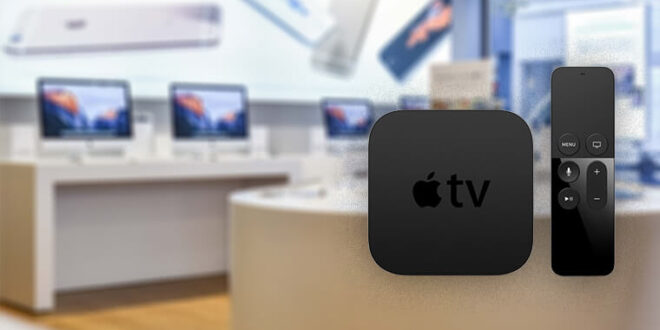In the past, most people have known Apple TV and Android TV as something small and insignificant. It is that small box used for home video and streaming purposes. Yet, while such premises struggled in the online streaming world, they are making a big splash in what some are calling the working enterprise sphere. We are now seeing Apple and Android TVs render the ultimate visual experience that is changing the conference room landscape for the better and are becoming a bigger feature in classrooms as professors abandon the whiteboard for something more modern.
Comparing Older Tech to Newer Tech
Before the days of digital signage Apple TV products and interactive Android TV software, we had clear polyethylene sheets, pen marker drawings and a projector. Be it schoolteacher lessons or boardroom conferences, presentations were slow, preparation was slow, and almost all of the entertainment (or engagement) value depended on the speaker.
Then, along came whiteboards, which are still used in some companies and universities today, and they were followed by PowerPoint presentations and a digital projector. Preparation for each presentation was reduced thanks to graphics software, but PowerPoint presentations became notorious for being boring. A riveting speaker could bring them alive, but in a corporate setting, how do you make static figures, graphics, and text come “Alive?”
Now we have digital signs, we have Apple TV and Android TV, all of which are able to make presentations quick to create and even quicker to implement. Even by modern software and hardware standards, the fact you do not need adapters and extra equipment to host your presentation as a digital display is a step in a more efficient and cost-effective direction.
Comparing Time-Spent Against Conveniences
Using white boards makes conferences and meetings last a lot longer than they should, which obviously impacts how much you are spending on staff hours as people watch a speaker slowly make their point.
Clear sheets and projectors required hours of work and effort from staff in order to create good-quality presentations, and even then they were often dry, clinical and boring.
Digital projectors and PowerPoint presentations may be quicker than whiteboards but they are also boring and often very similar. The people creating the presentation often had to take hours out of their day to create something mediocre. They often needed graphic artists and/or programmers to make something good.
Now we have digital signs, and the likes of Apple TV and Android TV, people can quickly create their presentations with the sort of software Kitcast.TV offers, and they can quickly implement their presentation with little more than a Wi-Fi connection and/or blue-tooth connection. What’s more, things like Apple and Android software/hardware are custom-built to interact with mobile devices, which means your presenter need not bring a laptop. The presenter simply loads the presentation onto their phone, and implements it on a digital sign. Don’t forget, the presenter has full control of the presentation using just the phone alone: no need for remotes, controller, or a LAN-wired laptop connection.
In short, using Apple TV, Android TV, digital signs, and Kitcast.TV tools, enables staff members to save epic amounts of time when presenting, especially when you compare modern presentation methods to the old-fashioned methods mentioned in this article. Nowadays, you can save money on:
- Staff hours
- Content deployment
- Content dissemination
- Content creation
And, it is all thanks to the likes of Kitcast.TV, digital signs, Android TV and Apple TV.
Mass Deployment and Remote Operation
This article has only concentrated on the staff-hour savings made through the efficient creation of presentations, but Android or Apple are not limited to this. Do not forget that what works on your phone will also work on digital signs, laptops, PCs, and even on fully functional servers (given the correct infrastructure). Not only do users have access to customizable management capabilities, but there is also zero-touch setups, remote commands, over-the-air configurations, and in-app distribution to consider. Plus, all of these functions are scalable to the point where mass deployment has never been easier.
Even something as simple as an earnings report can be created quickly, deployed locally, and then shared, redistributed, and mass deployed, and all of this can be done within hours. The information being broadcast doesn’t have to be static: you can configure your software and hardware to offer frequently updated data, which again can be shared worldwide and ported to a whole range of different devices, and into different languages (both program languages and linguistic languages).
When you consider the potential of digital signs and Kitcast.TV, and then combine them with the potential of Apple TV and Android TV technology, you have the capacity to save money on both information dissemination and on staff hours. What would have taken days of staff hours and lots of information retooling can now be done in a much shorter time.
Even in terms of modernization, upgrading to digital signs and their associated software is relatively cheap because of lower wholesale prices and the simplicity of installation. It is not like the old days when adapters were needed, infrastructures had to be set up, and where you needed a maintenance person on hand at all times. In most cases, installation is a plug-and-play experience, and that is very cheap within a modern working environment.
 HammBurg Be informed with latest news, reviews, entertainment, lifestyle tips, and much more.
HammBurg Be informed with latest news, reviews, entertainment, lifestyle tips, and much more.




